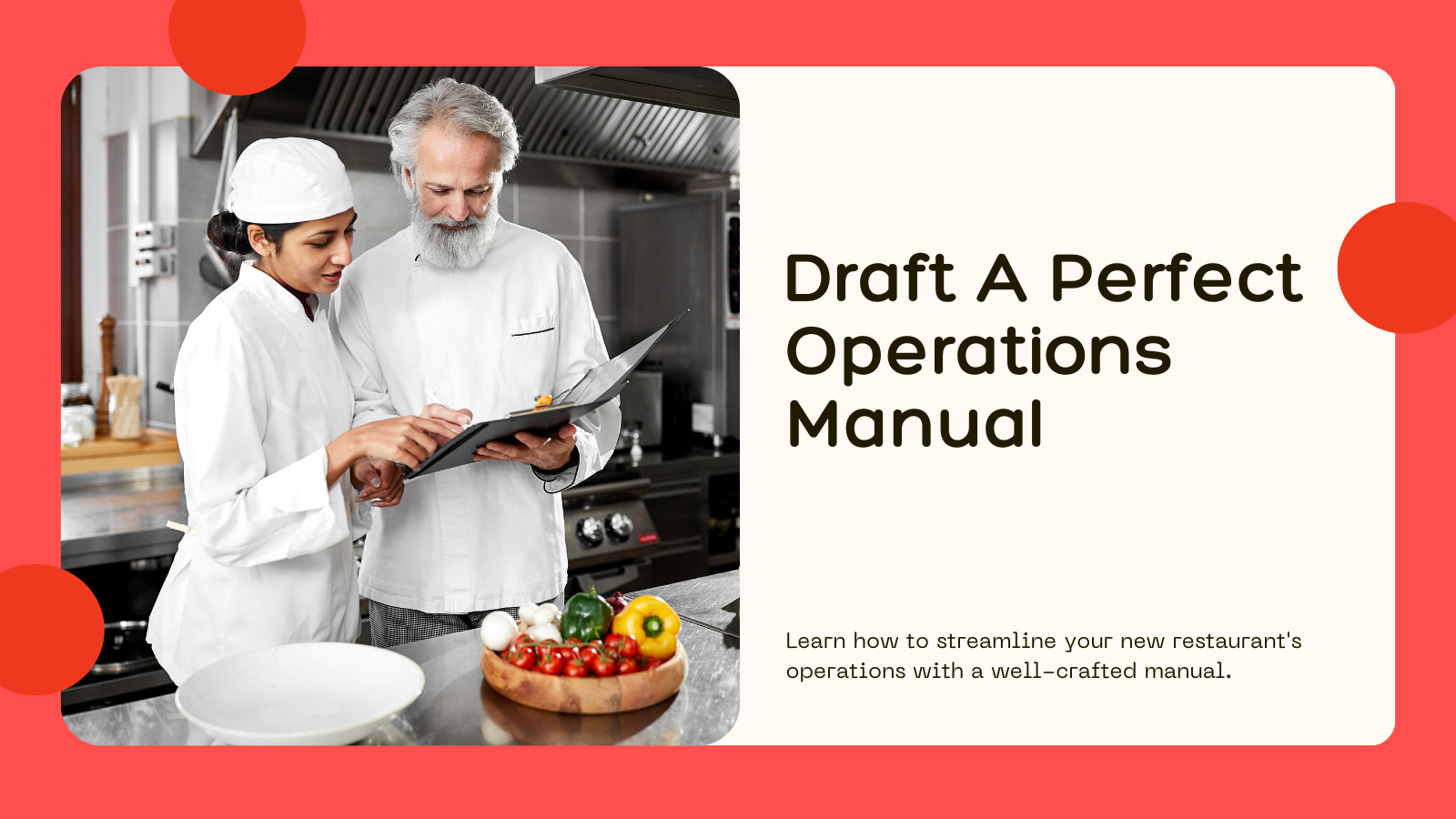Embarking on the journey of opening a new restaurant is an exhilarating prospect, but it comes with a myriad of challenges. Among the crucial components of running a successful restaurant, lies the creation of a meticulously designed operations manual. This guide aims to illuminate the path for beginners, offering insights into the creation of an effective restaurant operations manual and elucidating its paramount importance in ensuring seamless and efficient daily operations. Throughout this discourse, we will delve into key concepts, furnish practical examples, and underscore the indispensable utility of this document for the burgeoning success of your new restaurant venture.
Understanding the Importance of a Restaurant Operations Manual
At its core, a restaurant operations manual serves as the compass guiding all facets of your restaurant’s operations. It delineates the standard operating procedures (SOPs) for every aspect of the establishment, serving as a roadmap for all employees. Picture it as the playbook that orchestrates the symphony of daily activities within your restaurant, ensuring consistency, quality, and exceptional customer service. Without it, chaos can ensue, leading to inconsistencies and a disarrayed customer experience.
Consider a scenario where a customer walks in and experiences a lapse in service or receives a subpar dish. Without a well-documented operations manual, rectifying such issues becomes arduous and time-consuming. However, with clear SOPs in place, the team can swiftly address the concern, maintain consistency, and uphold the restaurant’s reputation for excellence.
Key Components of a Restaurant Operations Manual
Organizational Structure and Job Descriptions: Define the hierarchy within your restaurant, elucidating roles and responsibilities for each position. From the head chef to the servers, clarity in job descriptions fosters accountability and smooth communication.
Example: The head chef oversees kitchen operations, ensuring quality control and adherence to recipes, while servers are responsible for providing exceptional customer service and upselling menu items.
Standard Operating Procedures (SOPs): Document SOPs for various departments including the kitchen, bar, front of house, and administration. These SOPs encompass everything from food safety protocols to reservation management, ensuring consistency and efficiency across all operations.
Example: SOPs for the kitchen might include food handling procedures, while front-of-house SOPs could detail reservation handling and guest seating protocols.
Training and Employee Development: Emphasize the importance of ongoing restaurant training and development for staff members. Your operations manual should serve as a comprehensive training tool, guiding new hires through the intricacies of their roles and responsibilities.
Example: Incorporate training protocols for different positions, along with mechanisms for feedback and performance evaluations to foster continuous improvement.
Financial Procedures: Outline financial procedures such as cash handling, payroll management, and inventory control. Precision and accuracy in financial operations are paramount for the sustainability of your restaurant.
Example: Develop checklists, forms, and templates to streamline financial processes, ensuring transparency and accountability in all monetary transactions.
Creating and Maintaining the Restaurant Operations Manual
Crafting an operations manual requires meticulous planning and attention to detail. Start by gathering information from various sources including industry standards, best practices, and personal experience. Organize the manual clearly and intuitively, utilizing headings, categorizations, and a table of contents for easy navigation.
Regular updates and revisions are essential to keep the manual relevant and effective. As your restaurant evolves, so too should your operations manual. Solicit input from key stakeholders, including managers and frontline staff, to ensure the manual accurately reflects the unique dynamics of your restaurant.
In the dynamic and demanding realm of restaurant management, a well-crafted operations manual stands as a beacon of guidance and stability. It is the cornerstone upon which operational excellence is built, facilitating consistency, efficiency, and continuous improvement. As you embark on the journey of creating your restaurant operations manual, remember to leverage professional assistance or management software to streamline the process. Additionally, consider providing downloadable templates or resources to aid in the manual’s creation. By prioritizing the development and maintenance of your operations manual, you equip your restaurant with the tools necessary to deliver unparalleled experiences to your patrons while optimizing internal processes for sustained success.




